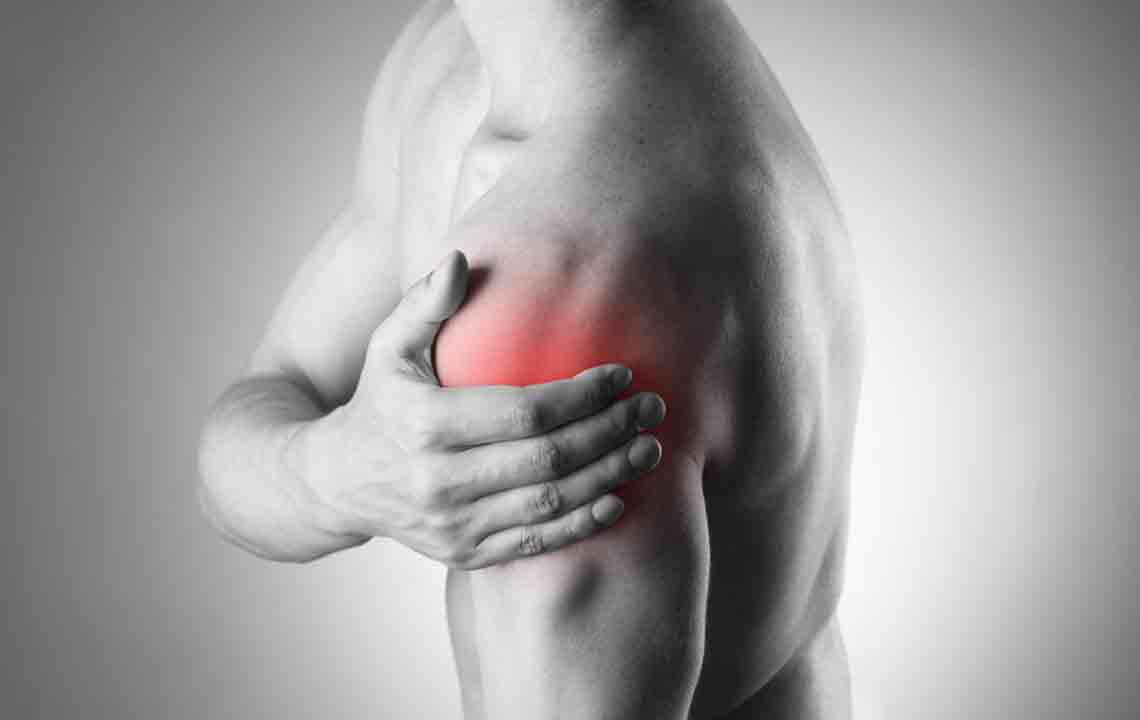Effective Strategies for Managing and Treating Shoulder Discomfort
Discover the top causes of shoulder discomfort and proven treatment options. Learn when to see a doctor, how to manage pain with rest, therapy, and medication, and explore supplementary techniques like stretching and alternative therapies for effective relief. Proper diagnosis and tailored treatment are essential for quick recovery and restoring shoulder function.

Understanding Causes and Solutions for Shoulder Discomfort
Shoulder discomfort is a widespread issue affecting many individuals today. The root causes vary, requiring tailored treatment approaches based on a thorough medical diagnosis. Recognizing the origin of shoulder pain involves understanding symptoms and consulting with a healthcare professional. A detailed physical examination focusing on the upper limb helps identify the specific condition causing discomfort. This includes assessing pain location, timing, movement, muscle strength, and joint stability.
Diagnostic Examination Elements
Location and nature of pain
Pain occurrence timing
Range of shoulder mobility
Muscle strength around the shoulder
Joint stability and popping sensations
Snapping, clicking, or popping sounds
Common Causes of Shoulder Discomfort
Bursitis or rotator cuff tendinitis are frequent reasons for shoulder pain, especially involving tendons around the cuff.
Rotator cuff tears, which may require surgical intervention, occur when tendons detach from the bone due to injury or wear.
Frozen shoulder results from joint stiffness, often remedied through targeted stretching and physical exercise.
Calcific tendonitis involves calcium deposits in tendons, leading to pain that varies based on severity.
Shoulder instability, caused by injury, dislocation, or natural development, can lead to looseness in the joint. Other causes include shoulder dislocation, known as when the upper arm bone disconnects from the socket; shoulder separation, disrupting the acromioclavicular joint; labral tears, which vary in pattern; SLAP tears, typically from falling onto an outstretched hand; arthritis, a less common cause often requiring joint replacement; and ruptured biceps tendons near the shoulder joint.
When to Seek Medical Advice
Inability to move or carry objects
Deformity following injury
Severe pain at night or while resting
Pain persisting beyond several days
Inability to lift the arm
Swelling, bruising, or signs of infection like redness or warmth
Approaches to Alleviate Shoulder Pain
Rest Allow the joint to recover by taking adequate rest, but avoid long-term immobilization to prevent frozen shoulder. Rest often provides quick relief from pain.
Ice and Heat Therapy Applying ice packs or heat pads helps soothe discomfort. Use cautiously, avoiding prolonged applications that may harm the skin. Consult a specialist for proper guidance.
Stretching Exercises Gentle stretches around shoulder muscles and tendons can reduce pain. Developing a consistent and safe routine is essential.
Physical Therapy A trained therapist can recommend modalities to strengthen muscles and restore mobility, effectively lowering pain levels.
Anti-inflammatory Medications Over-the-counter medicines can significantly reduce inflammation and pain, following medical advice.
Besides these treatments, practices like acupressure, acupuncture, meditation, regular exercise, balanced nutrition, and pain management programs can also assist in relieving shoulder discomfort.









